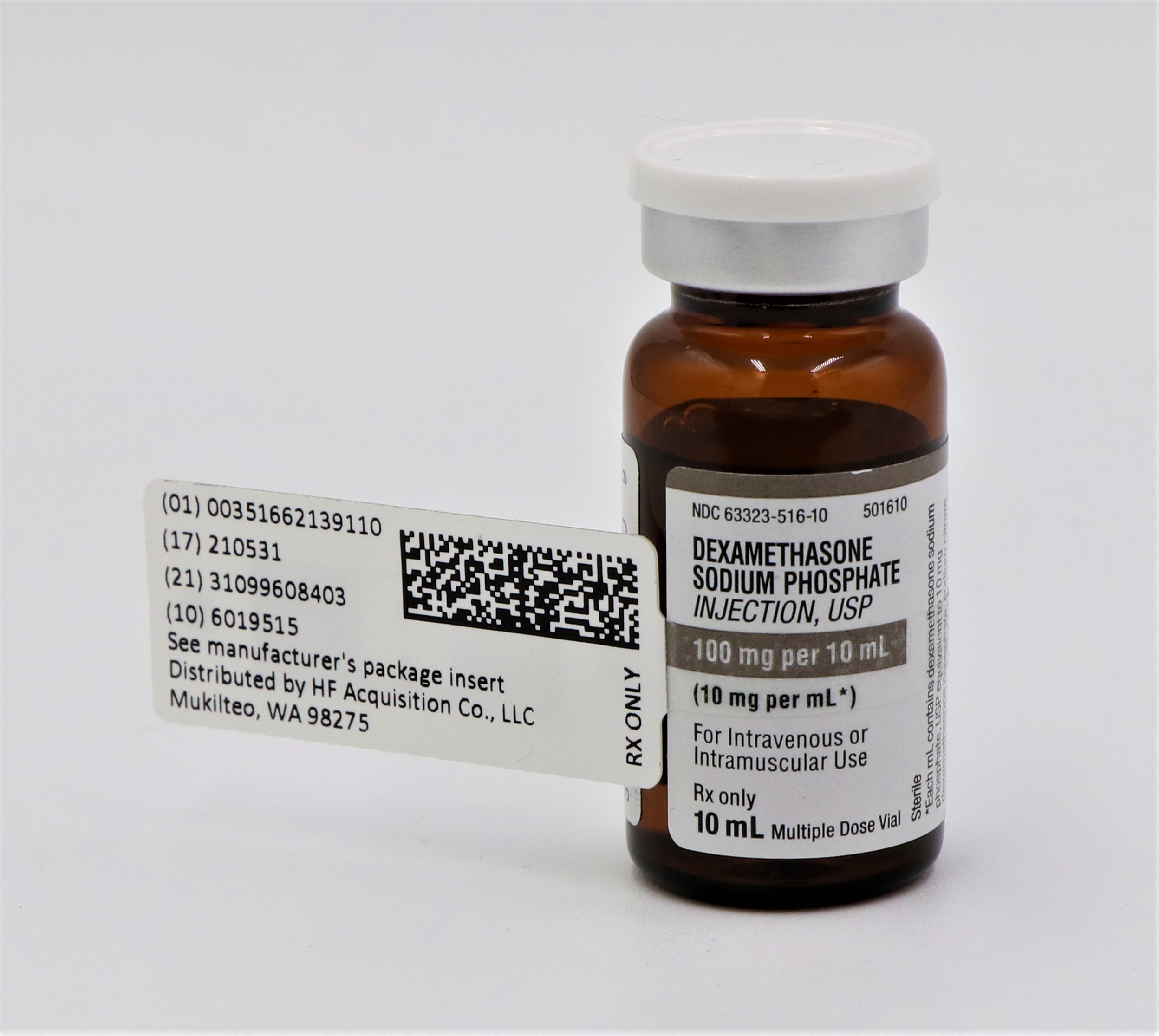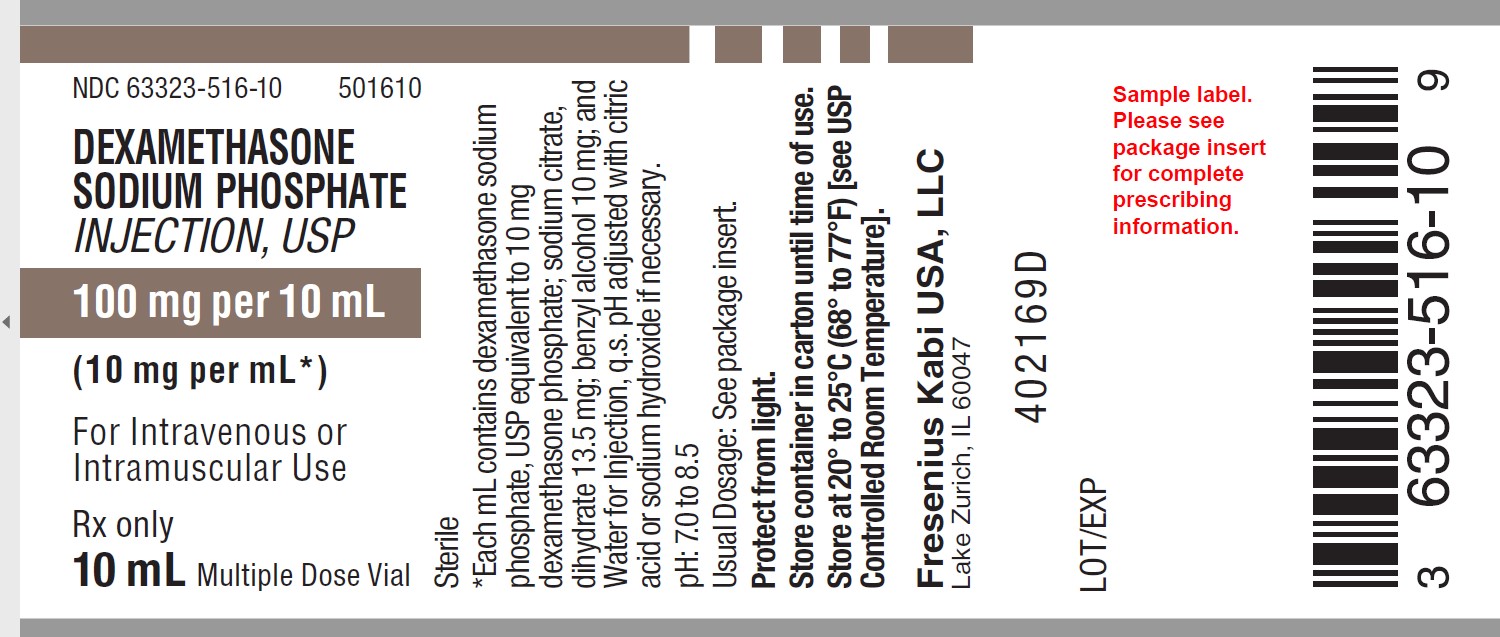Nutrients from the food that you eat passes to your breast milk. Its good idea to take healthy diet while breastfeeding. You may need to consume more calories per day to support healthy body system. Some time it gets necessary take medicine while you are breastfeeding and as other food items passes into breast milk, medicine passes as well hence it becomes obvious to understand its effects while breastfeeding. We have analyzed many medications and in this sheet we will present some fact and known information associated with Dexamethasone Sodium Phosphate Injection while breast-feeding.
What is Dexamethasone Sodium Phosphate Injection used for?
By intravenous or intramuscular injection when oral therapy is not feasible: 1. Endocrine Disorders Primary or secondary adrenocortical insufficiency (hydrocortisone or cortisone is the drug of choice; synthetic analogs may be used in conjunction with mineralocorticoids where applicable; in infancy, mineralocorticoid supplementation is of particular importance). Acute adrenocortical insufficiency (hydrocortisone or cortisone is the drug of choice; mineralocorticoid supplementation may be necessary, particularly when synthetic analogs are used). Preoperatively, and in the event of serious trauma or illness, in patients with known adrenal insufficiency or when adrenocortical reserve is doubtful. Shock unresponsive to conventional therapy if adrenocortical insufficiency exists or is suspected. Congenital adrenal hyperplasia Nonsuppurative thyroiditis Hypercalcemia associated with cancer 2. Rheumatic Disorders As adjunctive therapy for short-term administration (to tide the patient over an acute episode or exacerbation) in: Post-traumatic osteoarthritis Synovitis of osteoarthritis Rheumatoid arthritis, including juvenile rheumatoid arthritis (selected cases may require low-dose maintenance therapy). Acute and subacute bursitis Epicondylitis Acute nonspecific tenosynovitis Acute gouty arthritis Psoriatic arthritis Ankylosing spondylitis 3. Collagen Diseases During an exacerbation or as maintenance therapy in selected cases of: Systemic lupus erythematosus Acute rheumatic carditis 4. Dermatologic Diseases Pemphigus Severe erythema multiforme (Stevens-Johnson syndrome) Exfoliative dermatitis Bullous dermatitis herpetiformis Severe seborrheic dermatitis Severe psoriasis Mycosis fungoides 5. Allergic States Control of severe or incapacitating allergic conditions intractable to adequate trials of conventional treatment in: Bronchial asthma Contact dermatitis Atopic dermatitis Serum sickness Seasonal or perennial allergic rhinitis Drug hypersensitivity reactions Urticarial transfusion reactions Acute noninfectious laryngeal edema (epinephrine is the drug of first choice). 6. Ophthalmic Diseases Severe acute and chronic allergic and inflammatory processes involving the eye, such as: Herpes zoster ophthalmicus Iritis, iridocyclitis Chorioretinitis Diffuse posterior uveitis and choroiditis Optic neuritis Sympathetic ophthalmia Anterior segment inflammation Allergic conjunctivitis Keratitis Allergic corneal marginal ulcers 7. Gastrointestinal Diseases To tide the patient over a critical period of the disease in: Ulcerative colitis (systemic therapy) Regional enteritis (systemic therapy) 8. Respiratory Diseases Symptomatic sarcoidosis Berylliosis Fulminating or disseminated pulmonary tuberculosis when used concurrently with appropriate antituberculous chemotherapy. Loeffler’s syndrome not manageable by other means. Aspiration pneumonitis 9. Hematologic Disorders Acquired (autoimmune) hemolytic anemia. Idiopathic thrombocytopenic purpura in adults (IV only; IM administration is contraindicated). Secondary thrombocytopenia in adults Erythroblastopenia (RBC anemia) Congenital (erythroid) hypoplastic anemia 10. Neoplastic Diseases For palliative management of: Leukemias and lymphomas in adults Acute leukemia of childhood 11. Edematous States To induce diuresis or remission of proteinuria in the nephrotic syndrome, without uremia, of the idiopathic type or that due to lupus erythematosus. 12. Miscellaneous Tuberculous meningitis with subarachnoid block or impending block when used concurrently with appropriate antituberculous chemotherapy. Trichinosis with neurologic or myocardial involvement. 13. Diagnostic testing of adrenocortical hyperfunction. 14. Cerebral Edema associated with primary or metastatic brain tumor, craniotomy, or head injury. Use in cerebral edema is not a substitute for careful neurosurgical evaluation and definitive management such as neurosurgery or other specific therapy.
What are the risk associated with Dexamethasone Sodium Phosphate Injection usage while breastfeeding? What precautions shall I take while using it in breastfeeding?
Dexamethasone Sodium Phosphate Injection contains only one active ingredient that is Dexamethasone. We have analyzed the usage of Dexamethasone in breastfeeding and our analysis suggest that Dexamethasone poses Low risk for infant while breastfeeding and hence Dexamethasone Sodium Phosphate Injection itself shall be considered Low risk item for breastfeeding.
Dexamethasone Sodium Phosphate Injection Breastfeeding Analsys
Low RiskCAS Number: 50-02-2

Pharmacokinetic data indicate that excretion into breast milk in significant levels is possible, hence for long term treatments other steroids with lower excretion would be advisable. Other steroids (Betamethasone) that are administered prior to delivery can produce a delay of Lactogenesis phase II (milk's coming in) and a decrease of milk production within the first post-partum week. Intra-articular injected large doses of other steroids (Triamcinolone, Methylprednisolone) may transiently affect milk production. A decrease of prolactin release after administration of dexamethasone has been observed that may decrease milk production mostly in the first post-partum weeks. Topical use: Because of a low absorption through skin significant excretion into breast milk is unlikely. Additionally, a high protein binding makes excretion even more unlikely. Whenever a treatment for nipple eczema or dermatitis is required the lowest potency steroid compound should be used. It should be applied right after the feed to make sure it has disappeared before the next nursing occurs. Otherwise, wipe cream out with a clean gauze. Do not continuously use for longer than a week. Reportedly, a case of mineral-steroid toxicity has occurred due to continuous use of cream on the nipple. Creams, gels or similar products that contain paraffin or mineral oil should not be used on the nipple to avoid absorption by the infant. Corticoids are frequently prescribed in Pediatrics with no side effects on the infant when indicated for short-term or sporadical use. On nursing mothers a timely use or not long-term treatment is compatible with breastfeeding along with the assessment of milk production. WHO Model List of Essential Drugs 2002: Compatible with breastfeeding in single dose. No data is available on long-term use.
Dexamethasone Sodium Phosphate Injection Breastfeeding Analsys - 2
CAS Number: 50-02-2
Because no information is available on the use of systemic dexamethasone during breastfeeding, an alternate corticosteroid may be preferred, especially while nursing a newborn or preterm infant. Local injections, such as for tendinitis, would not be expected to cause any adverse effects in breastfed infants, but might occasionally cause temporary loss of milk supply.
I am nursing mother and I have already used Dexamethasone Sodium Phosphate Injection, what should I do?
During whole lactation period you shall first discuss with your doctor and then together you shall decide whether you shall take that drug or not however if you have already taken Dexamethasone Sodium Phosphate Injection then you shall inform your doctor, But you should not be worried too much as Dexamethasone Sodium Phosphate Injection comes in category of low risk drug.
I am nursing mother and my doctor has suggested me to use Dexamethasone Sodium Phosphate Injection, is it safe?
Dexamethasone Sodium Phosphate Injection comes in category of low risk and if your doctor is aware that you are breastfeeding it should be ok to use without much concerns.
If I am using Dexamethasone Sodium Phosphate Injection, will my baby need extra monitoring?
Not much
Who can I talk to if I have questions about usage of Dexamethasone Sodium Phosphate Injection in breastfeeding?
US
National Womens Health and Breastfeeding Helpline: 800-994-9662 (TDD 888-220-5446) 9 a.m. and 6 p.m. ET, Monday through Friday
UK
National Breastfeeding Helpline: 0300-100-0212 9.30am to 9.30pm, daily
Association of Breastfeeding Mothers: 0300-330-5453
La Leche League: 0345-120-2918
The Breastfeeding Network supporter line in Bengali and Sylheti: 0300-456-2421
National Childbirth Trust (NCT): 0300-330-0700
Australia
National Breastfeeding Helpline: 1800-686-268 24 hours a day, 7 days a week
Canada
Telehealth Ontario for breastfeeding: 1-866-797-0000 24 hours a day, 7 days a week
Drug Brands with same Active ingredients



